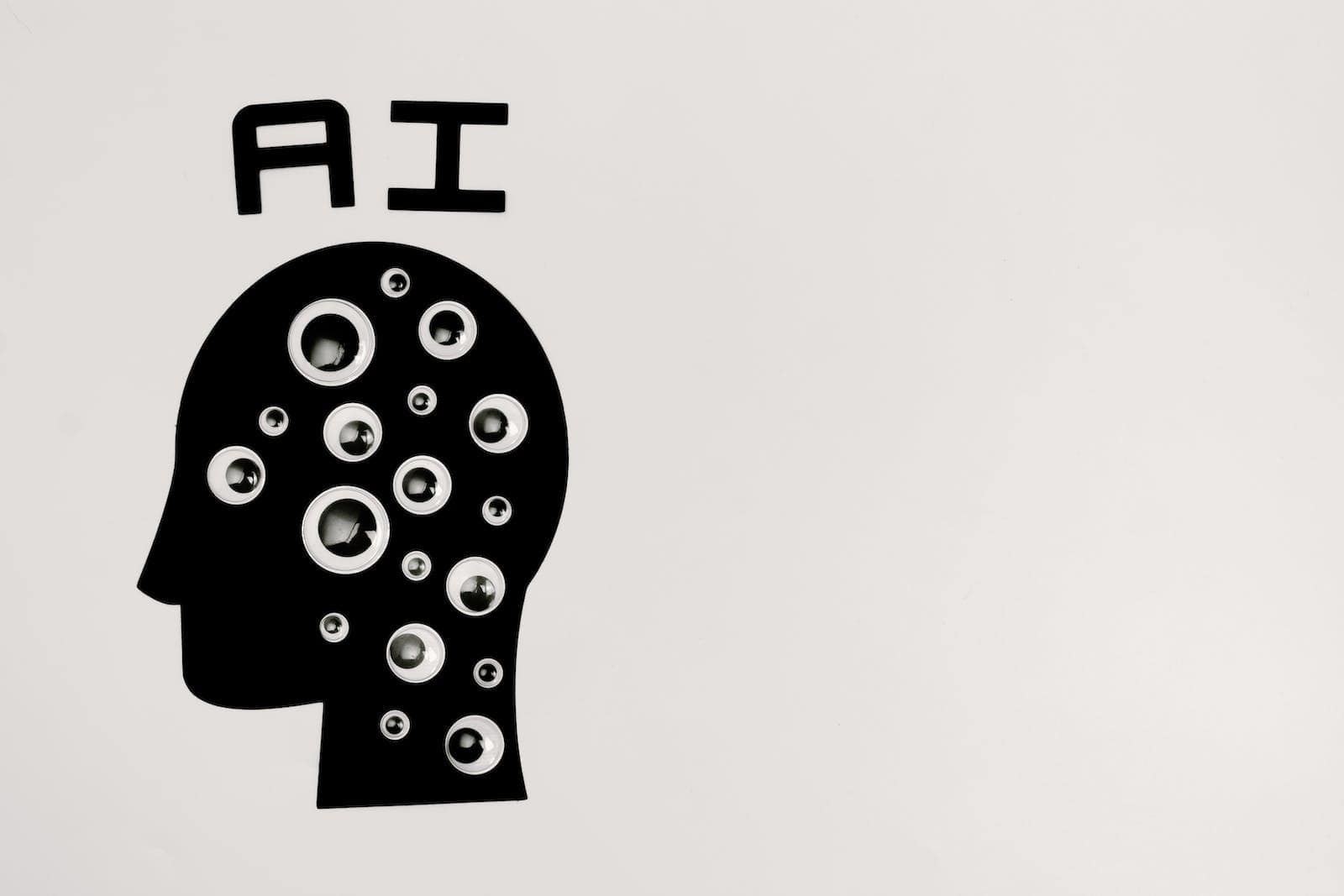Knowledge representation forms the backbone of artificial intelligence systems. It allows AI to process and understand information like humans do. AI uses structured formats to store and organize knowledge, enabling reasoning and decision-making. This lets AI systems draw insights and make smart choices.
Knowledge representation tries to mimic human thinking. It uses methods like semantic networks and concept maps. These tools help AI grasp complex ideas and relationships. By organizing data this way, AI can tackle tricky problems and come up with solutions.
The goal is to make AI smarter and more useful. Good knowledge representation helps AI learn from new info and apply what it knows. This makes AI systems better at tasks like planning, problem-solving, and answering questions.
AI’s Building Blocks: Knowledge and Logic
What is Knowledge Representation?
Knowledge Representation (KR) is like building a digital library for AI. It’s about organizing information in a way that a computer can easily understand and use. This could be facts, relationships, rules, or even complex concepts. Imagine teaching an AI about the new iPad Pro M4, its 13-inch screen size, and how it compares to other tablets. All of that information needs to be structured so the AI can “make sense” of it.
Types of Knowledge Representation
There are different ways to represent knowledge. One common method is using semantic networks, which look like mind maps with nodes representing concepts and links showing relationships. Another way is through logic-based representations, where rules and facts are expressed using formal logic. Even decision trees, those flowcharts you might remember from school, can be used to represent knowledge.
Reasoning: The Engine of AI
Now that the AI has a knowledge base, it needs to use that information to solve problems and make decisions. This is where reasoning comes in. It’s the process of drawing conclusions from the available knowledge. If you ask an AI which tablet has the largest screen, it’ll use reasoning to compare different models in its knowledge base and come up with the answer: the iPad Pro M4.
Reasoning Techniques
Different reasoning techniques are used depending on the situation. Deductive reasoning starts with general principles and applies them to specific cases. Inductive reasoning works the other way around, going from specific observations to general rules. There’s also abductive reasoning, which involves making the best guess based on incomplete information.
The Importance of Knowledge Representation and Reasoning
Without effective knowledge representation and reasoning, AI would be like a library with no cataloging system or a brain without the ability to think. These two components are crucial for making AI truly intelligent and capable of solving complex problems.
Example: Knowledge Representation and Reasoning in Action
| iPad Model | Screen Size (inches) |
|---|---|
| iPad Mini | 8.3 |
| iPad Air | 10.9 |
| iPad Pro (11-inch) | 11 |
| iPad Pro (12.9-inch) | 12.9 |
| iPad Pro (13-inch) | 13 |
Using this knowledge base and reasoning, an AI can quickly determine that the 13-inch iPad Pro has the largest screen. This might seem simple, but it’s a building block for more complex tasks like image recognition or natural language processing.
Key Takeaways
- Knowledge representation allows AI to understand and use information
- It uses structures like semantic networks to mimic human thinking
- Good knowledge representation helps AI learn and solve problems better
Fundamentals of Knowledge Representation
Knowledge representation forms the core of AI systems. It lets computers store and use information about the world. This field has key theories and various types of structures.
Theory and Evolution of Knowledge Representation
Knowledge representation started in the 1960s. Early AI systems used simple rules. These evolved into more complex methods over time. Logic-based systems came next. They used formal logic to represent facts and rules.
In the 1970s, semantic networks became popular. These showed concepts as nodes linked by relationships. Frame-based systems followed in the 1980s. Frames grouped related facts about objects.
Recent years saw the rise of ontologies. These formal models describe concepts and relations in specific domains. They help AI systems understand context better.
Types and Structures
Knowledge representation uses many structures. Each has strengths for different tasks.
• Rules: Simple if-then statements
• Logic: Formal systems to express facts and relationships
• Semantic networks: Graphs showing concepts and links
• Frames: Templates with slots for object properties
• Scripts: Sequences of expected events
• Ontologies: Formal models of concepts in a domain
Hierarchies often organize knowledge. Taxonomies classify items into groups. Networks show how concepts connect. These structures help AI models reason about complex ideas.
Symbolic AI uses symbols to represent knowledge. It contrasts with machine learning approaches. Good representations balance detail and simplicity. They must be clear enough for machines to use effectively.
AI Technologies and Applications
AI uses different methods to process data and make decisions. These systems can learn from patterns, use expert knowledge, and understand language.
Machine Learning and Neural Networks
Machine learning helps computers learn without being told exactly what to do. It uses data to find patterns. Neural networks are a type of machine learning that work like brain cells. They can spot complex patterns in big sets of data.
Neural networks have layers that process info step by step. This lets them tackle hard tasks like image recognition. They can tell apart cats from dogs in photos. Machine learning is used in many fields today. It powers things like product recommendations and fraud detection.
Expert Systems and Robotics
Expert systems use rules made by human experts to solve problems. They can give advice like a doctor or mechanic. These systems are good at specific tasks in fields like medicine or finance.
Robotics combines AI with physical machines. Robots can now do complex jobs in factories and warehouses. Some can even walk and talk. AI helps robots plan actions and adapt to new situations. This makes them more flexible and useful.
Cognitive Computing and NLP
Cognitive computing tries to mimic how human brains work. It can process unclear info and learn from experience. These systems can play games, answer questions, and even write text.
Natural Language Processing (NLP) helps computers understand human language. It can translate between languages and answer questions. NLP powers virtual assistants like Siri and Alexa. It also helps find useful info in large amounts of text data.
Frequently Asked Questions
Knowledge representation in AI involves storing and organizing information for machines to use. This critical aspect of AI systems allows them to understand and reason about complex concepts.
What do you understand by knowledge representation in AI?
Knowledge representation in AI is the way computers store and use information. It helps AI systems make sense of data and solve problems. This process turns facts and rules into a format that machines can work with.
Why is knowledge representation and reasoning critical in artificial intelligence?
Knowledge representation and reasoning are key parts of AI. They let machines use stored info to make choices and solve tasks. Without these elements AI systems would not be able to think or act in smart ways.
What challenges do artificial intelligence systems face when representing knowledge?
AI systems struggle with unclear or changing info. They also have trouble with context and meaning. Handling large amounts of data and keeping it up to date are other big challenges for AI knowledge systems.
Could you explain the primary approaches to knowledge representation in AI?
Main approaches include logic-based methods and semantic networks. Rule-based systems and frames are also common. Each method has its own way of organizing and using information in AI systems.
How does knowledge representation relate to reasoning in artificial intelligence?
Knowledge representation provides the base for AI reasoning. It gives machines the info they need to make choices. Good representation lets AI systems connect ideas and come up with solutions to problems.
What foundations and principles underlie knowledge representation in AI?
Key ideas in AI knowledge representation include structure and meaning. Systems must be able to link related concepts. They also need ways to handle uncertain or incomplete data. These basics help AI make sense of complex info.







